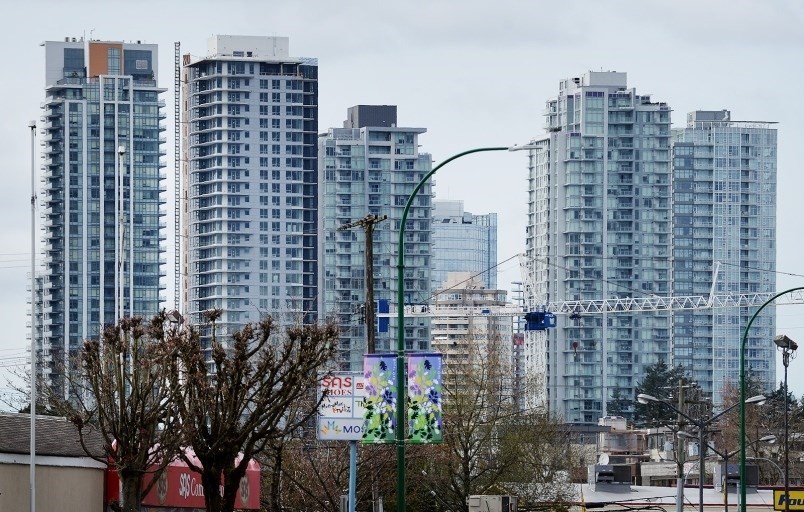Burnaby council is moving forward with a massive, 10-year housing strategy that will touch all corners of the city and address everything from housing affordability and housing stock to those without homes altogether.
Council voted Dec. 6 to implement the new HOME Strategy. The strategy represents two-plus years’ worth of work from city planners, a mayor’s task force and a community consultation process that reached hundreds of Burnaby residents.
Though Monday’s vote was simply to endorse implementing the strategy beginning next year, the discussion also highlighted the scope and scale of the ambitious plan.
The high-level planning document is guided by five overarching principles: building inclusive, livable neighbourhoods; creating options for secure housing tenure; supporting a renter-friendly community; fostering a healthy supply of non-market housing; and making homelessness in the city a “rare, brief and one-time” event in a person’s life.
The plans to achieve each of those five tenets include a host of things the city can do on its own, while also partnering with other levels of government and the non-profit sector: creating more housing in mixed-use, transit-friendly areas; supporting co-operatives, co-housing and other secure, collaborative housing options; protecting and growing rental stock and facilitating redevelopment of low-density sites for affordable housing, among other issues.
“It’s a 10-year plan of action and broadened scope,” said Lee-Ann Garnett, Burnaby’s deputy director of planning and building. “All forms of tenure and all types of housing are encompassed in this strategy.”
According to 2016 stats, the city’s population sits near 235,000 people – 38 per cent of whom are renters versus 62 per cent who are owners. There are roughly 92,000 households and the city’s growth rate hovered near 7.5 per cent for the 20-year period spanning 1996 to 2016.
Public feedback showed strongest support for increasing housing choices, more mixed-use, transit-friendly communities and supporting pathways out of homelessness. On the other end of the spectrum, there was lukewarm support for moves such as providing regulatory support for non-market housing or supporting tenants faced with displacement.
Councillors split on strategy
But it was the guts of the plan that caused some dissent around the council table – how certain actions were prioritized over others, the city’s plan moving forward to adequately communicate the changes to residents and the timeframe for certain policy shifts that some residents may view as too over-reaching.
Both councillors Dan Johnston and Colleen Jordan endorsed a plan to simply approve the document in principle, a move that was defeated by others around the table. The two councillors ultimately voted against the original motion to implement the plan.
Jordan, in particular, was concerned with how a plan of such scope would be, and has been, conveyed to those it impacts most. She suggested the introduction of laneway or row homes into single-family neighbourhoods could result in massive backlash.
“We need to send this report to every household in the city and prepare them for what is being proposed. … If we pretend that we can get everyone in the city is on board with these actions, we’re kidding ourselves,” Jordan said.
Johnston, meanwhile, said he’s supportive of changing the types of housing stock in the city but fears some are resistant to that change and instead prefer having single-family neighbourhoods unaltered.
He also hinted that too much change in any direction could be political suicide come next year’s election and cause massive turnover around the council table.
“I don’t think we want to go that way. I don’t think that it’s good for the community, and I do think we need to make sure that the public is aware of the process and how it impacts their neighbourhoods,” Johnston said.
Both councillors were assured by planning staff that any substantive change – whether it be around laneway homes, duplexes or any other large policy shift – would come back before council and be subject to further public consultation.
Both councillors Sav Dhaliwal and Pietro Calendino, who helped spearhead the strategy, flatly rejected the notion that residents weren’t consulted enough and the move to support the policy in principle only.
“In principle means nothing,” Dhaliwal countered.
Having cleared the first hurdle Monday, the HOMES strategy will now be further publicized by the city before another round of the implementation plan goes before council early next year.



